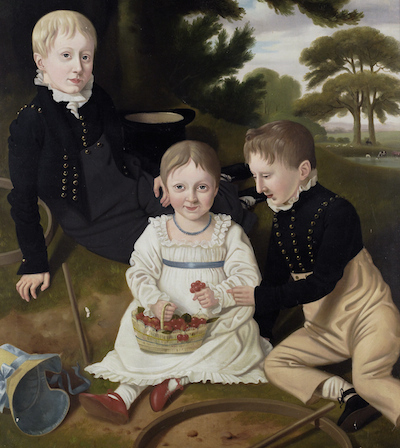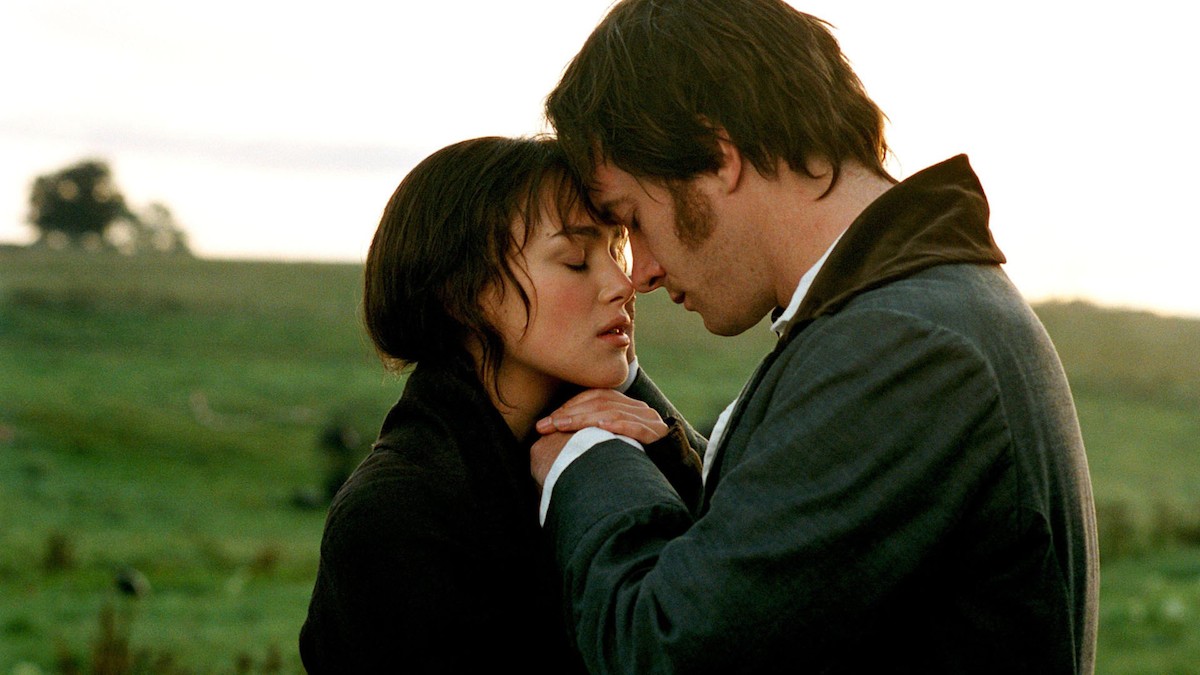
The Naked Truth – 160 words
I want to look away. I want to ignore this photograph, to avoid this cloaked and covered woman. It–she–makes me uncomfortable. I don’t want to offend, don’t want to judge. I want to fall back into humor, want to quip something about “the eyes have it,” or, “the ultimate selfie!”
I can’t. My eyes return to hers again and again, and I wonder–even as my insides fume and rage that surely she must feel trapped, constricted, reduced, invisible–if that’s how she sees herself.
Who is this woman? What is her life really like? Is she a prisoner of her own religion, her own culture, her own history, the way we Western women assume she is? The way we assume we aren’t? Or is there freedom in the hiding? Is there peace in the acceptance?
I don’t know her truth. I don’t even know my own truth. All I know is, this photo makes me nervous.
Because her eyes are smiling.
——————————————————————————————-
Each week for Flash Friday Fiction we’re given 150 words (+/-10) to craft a story in response to a photo prompt. This go-around we also had to include the word/concept of “knowledge” in some way.
You want honesty? I didn’t know what to do with this picture. I didn’t know if I could write something coherent, whether funny or serious. I briefly considered not writing at all. The deep-seated people pleaser in me didn’t want to potentially offend anyone.
But is silence the proper response to things which leave us anxious, unsure, uncomfortable, frozen?
I opted for truth over fiction today. The character above, the Western woman, is me. Is she you?




